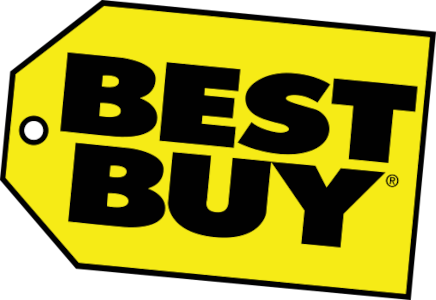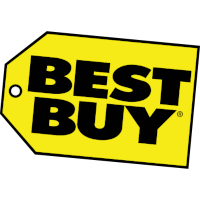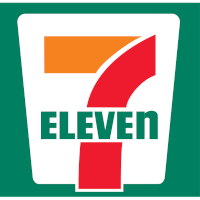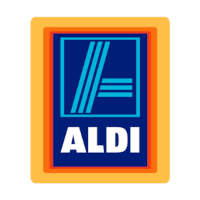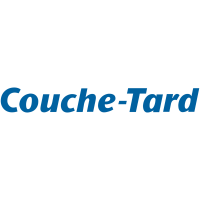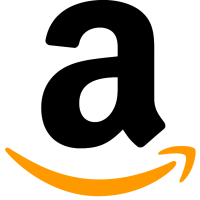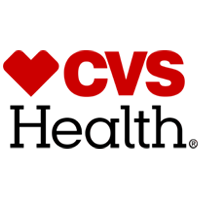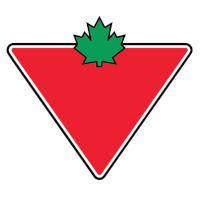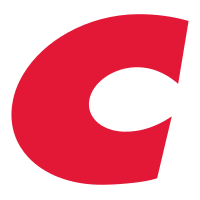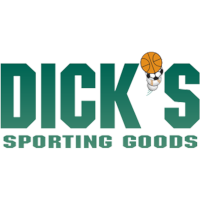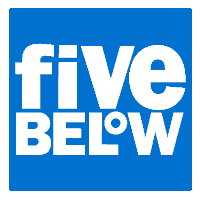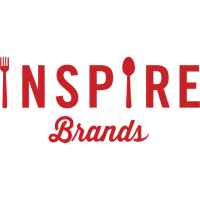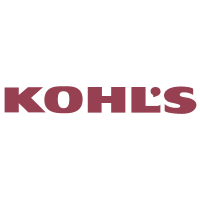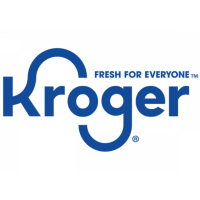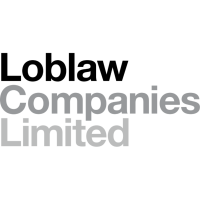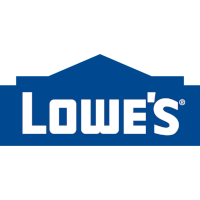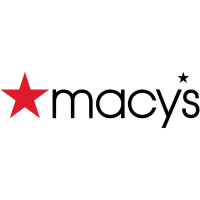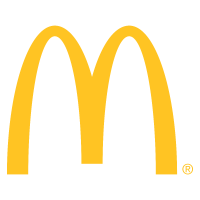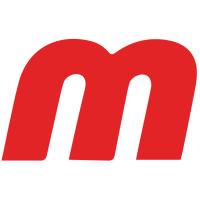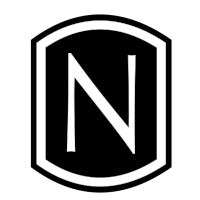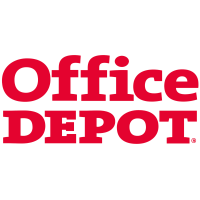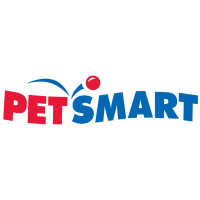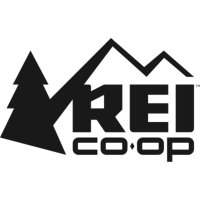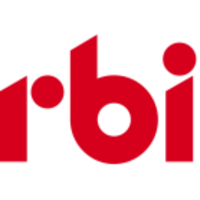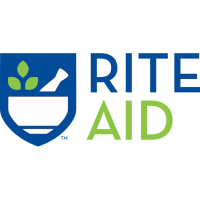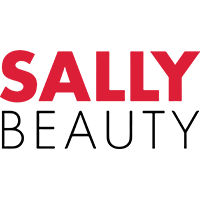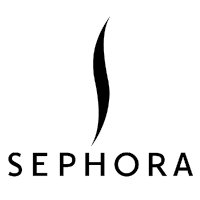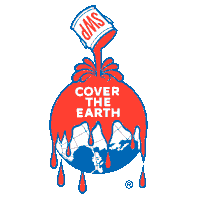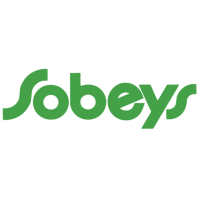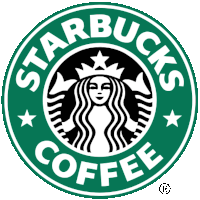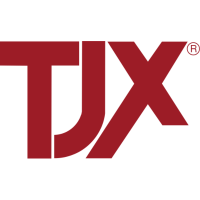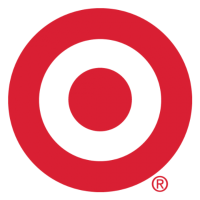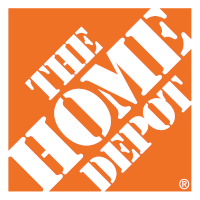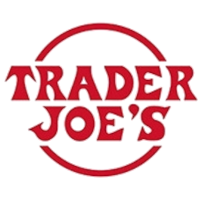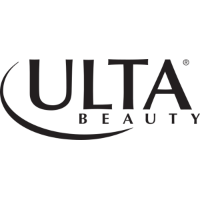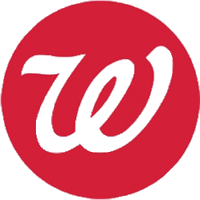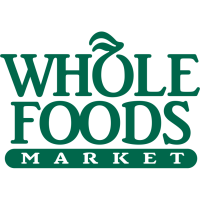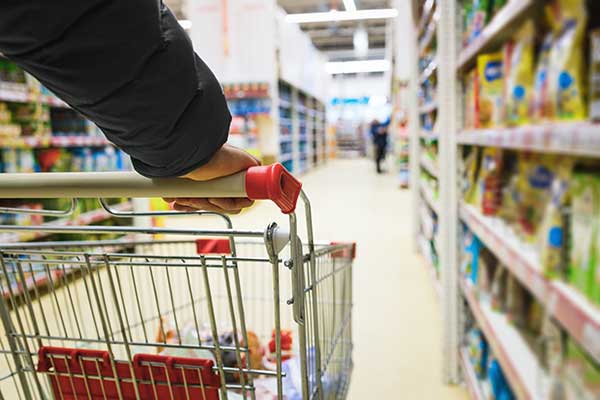Key Findings and Recommendations
- Corporate Commitment: Best Buy first adopted a safer chemicals policy in 2017, which includes a preference for Safer Choice certified cleaning products used in its stores. The company should participate in the Chemical Footprint Project survey to improve its chemicals management and publicly support governmental policies to reduce chemicals and plastics of high concern.
- Transparency: Best Buy has taken some actions towards requiring suppliers to disclose to it chemical ingredients and plastics in their products beyond regulatory compliance, by requiring suppliers disclose all generic material content for all private-label articles. The company should expand its accountability measures to ensure supplier compliance with its chemical restrictions and evaluate its chemical footprint.
- Ban the Bad: Best Buy has restricted several chemicals of high concern including short chain chlorinated paraffins and various heavy metals in private-label products, bisphenols in receipt paper, and PVC gift cards. Best Buy was the first major U.S. retailer to restrict organohalogen flame retardants (OFRs) in the casings of its private-label televisions. The company plans to end this use of OFRs by the end of 2025. Best Buy should take the next step by expanding this restriction on OFRs to brand-name televisions it sells.
- Safer Solutions: Best Buy worked with its suppliers to evaluate alternatives to OFRs in its private-label TVs utilizing the GreenScreen chemical hazard assessment framework. The company has ensured the replacement flame retardants are not ranked high for key hazards under GreenScreen. The company should build on this effort by investing financial resources in tools and research to help its suppliers evaluate safer alternatives to other chemicals and plastics of high concern.
2024 Detailed Analysis of Best Buy
Corporate Chemicals Policy
Adopted a safer chemicals policy
Oversight
Established management oversight
Chemical Footprint Project (CFP)
Participated in the CFP
Collaboration
Actively participates in collaborative process to promote safer chemicals
Public Policy Support
Supported governmental policies to reduce chemicals or plastics of high concern
Supply Chain Disclosure
Brands report use of chemicals or plastics in products or packaging to retailer
Supplier Accountability
Ensures supply chain accountability for chemicals or plastics restrictions
Consumer Disclosure
Brands disclose use of chemicals or plastics to consumers
Chemical Footprint Calculation
Publicly disclosed its chemical footprint
Restricted Substances List (RSL)/Manufacturing Restricted Substances List (MRSL)
Reduction/Elimination Goals
Chemicals and Plastics Reduction
Reduced or eliminated toxic chemicals or plastics of high concern
Safer alternative definition
Adopted a definition of safer alternative consistent with Washington state
Investment in Safer Solutions
Invested financial resources to advance and drive development of safer solutions
Implementation of Safer Solutions
Replaced chemicals or plastics of concern with safer solutions
Quantified Safer Products
Measured and disclosed progress towards safer products
How does Best Buy compare to its competitors?
Previous Grade History
NOTE: Our evaluation criteria changed in 2024. The scores from previous review years through 2021 are based on a different set of criteria measured.
Click or tap on a grade year to review additional details (where available).

